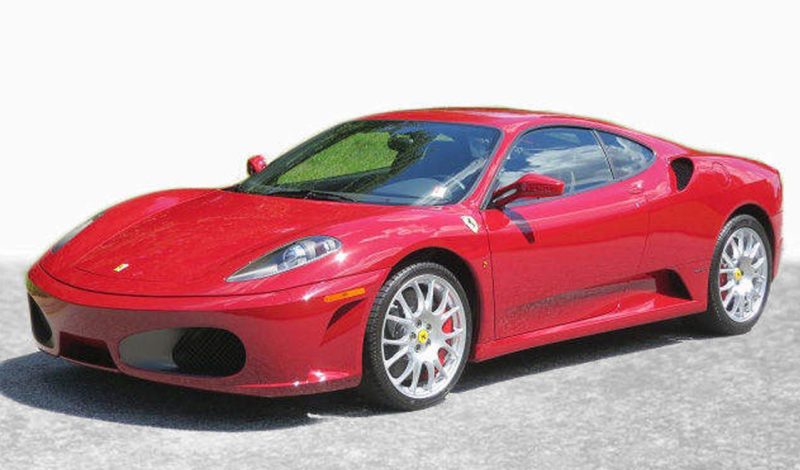One of the best bargains in the world of Italian cars is Ferrari’s F430. As the predecessor of the 458 Italia and successor to the 360 Modena, F430 has a few unique traits that you might not be aware of.
Ultimate Buyers Guide to the Ferrari F430
- New Power: The 4.3L V8 was a clean sheet design, leaving behind the legacy and compromises of a 40 year old design.
- Sharing is Caring: F430 shares many major chassis and body components with the 360. If it isn’t broken, don’t fix it
- American Influences: Designed by American Frank Stephenson at Pininfarina, the chassis was built for Ferrari by Alcoa (Aluminum Company of America)
- Low Profile: Factory 19″ wheels riding on very short sidewalls left little room for improvement by the aftermarket.
- Chained for your protection: F430 uses reliable and strong timing chains instead of failure prone belts. The days of engine out services are over
- F1 Transmission: For the first time, the automatic F1 transmission outsold the traditional manual. As a single clutch automatic, clutch life is a major consideration in the purchase price
- Factory Backed: Ferrari’s support of the F430 is ongoing. Revised exhaust manifolds and more efficient F1 pumps are just two of the upgrades offered to keep these great cars on the road
- Sweet 16: The F430 Scuderia Spider 16M was a celebration of sixteen constructor championships in Formula 1. Only 499 were built, each one making 503 hp
- Two inline fours: The engine has eight cylinders, but the flat plane design is really two four cylinders sharing the same crank. Each bank has its own sensors and computer, almost independent of each other
- Collaboration: The first production Ferrari to use the same computer modeling as their Formula 1 team, F430 creates the same drag as the 360 with much more downforce at speed.
